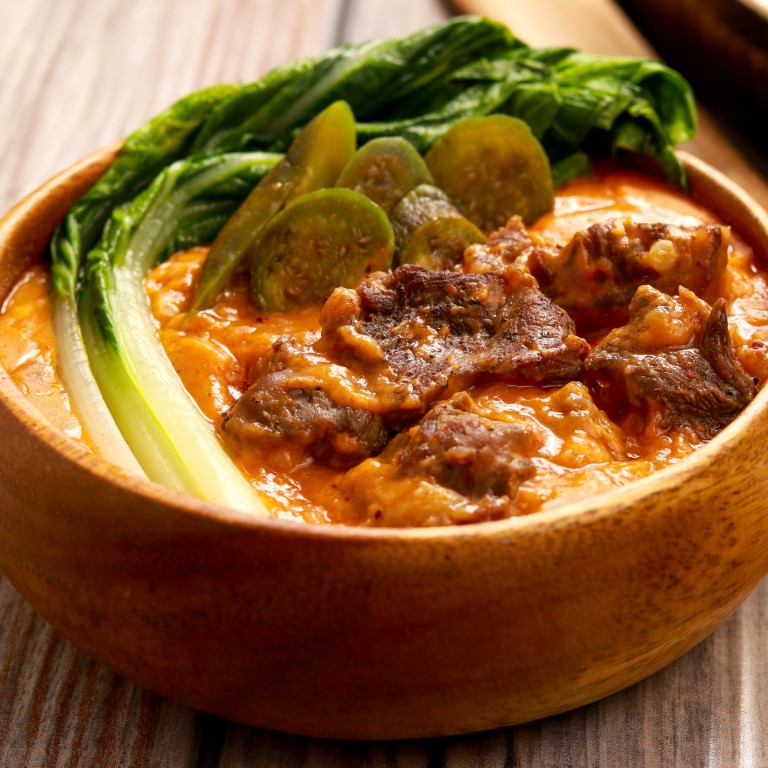
Umami fermented fish sauce a top pick of chefs from Southeast Asia to Italy and Hong Kong for the ultimate flavour kick
- Literally meaning ‘essence of deliciousness’, umami, or ‘the fifth taste’, has been achieved around the world for millennia by fermenting fish and seafood
- Vietnamese nuoc mam, Malaysian belacan, Filipino bagoong, and Italian colatura are among the fermented seafood sauces that chefs use for a flavour injection
When you nibble a chunk of Parmigiano Reggiano, bite into a slice of pizza topped with tomato and anchovies or dip your sushi in soy sauce, you’re indulging in the intoxicating “fifth taste”, otherwise known as umami.
It translates from Japanese as “essence of deliciousness” and was first identified by Japanese scientist Dr Kikunae Ikeda as he tucked into a bowl of kombu dashi, or kelp broth.
He discovered that umami is a glutamate, an amino acid that occurs naturally in all of us. In food, the flavour spreads across the tongue – what some call “mouthfeel”. It lasts longer than other tastes and provides the undeniable sensation of making you salivate. In other words, it distils deliciousness.
One food that delivers umami in concentrated form like few others is fermented fish sauce, beloved throughout Asia and around the world.
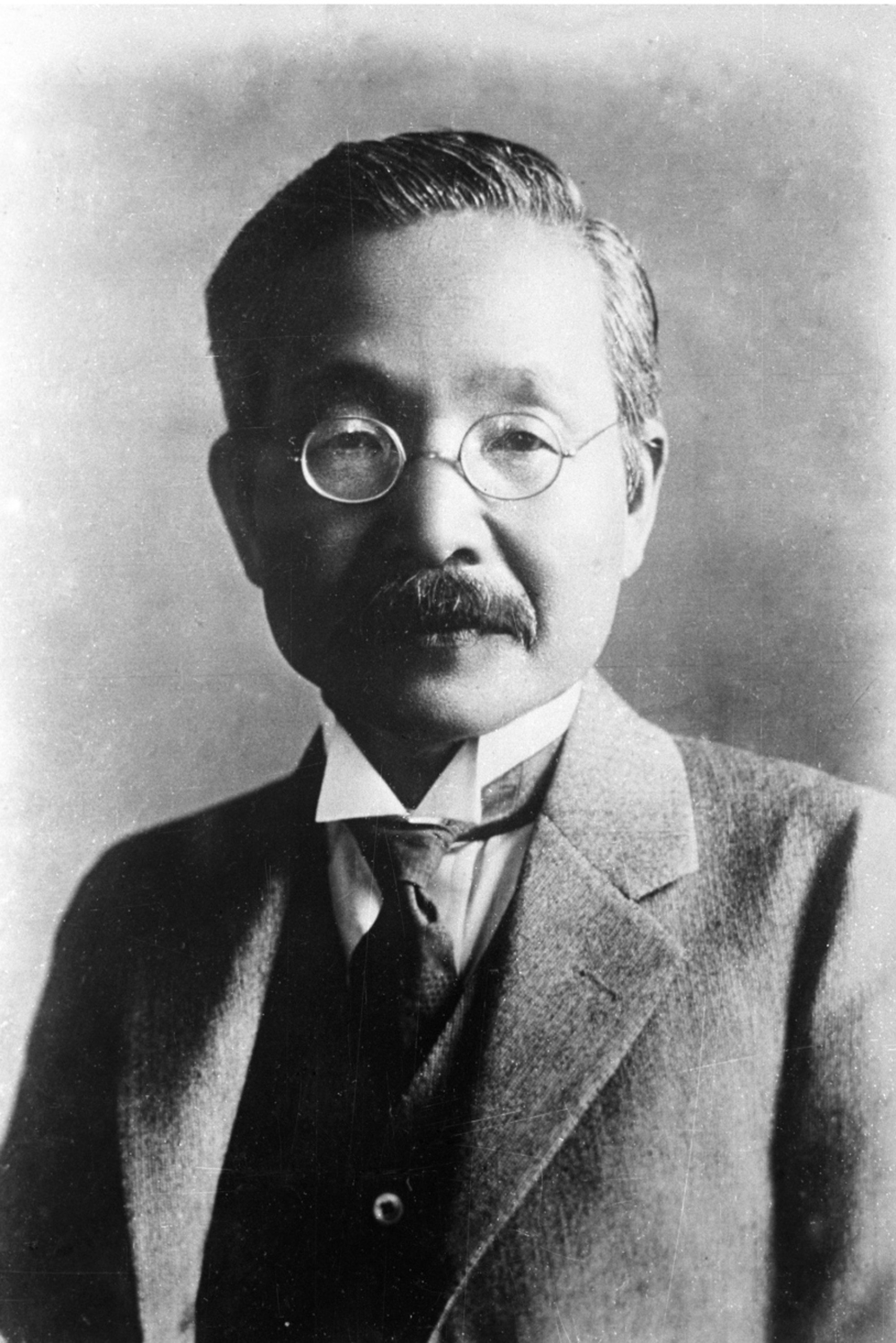
“Fermentation has been an integral part of many traditional food cultures to develop flavourful foodstuffs,” says Dr Ana San Gabriel, who specialises in umami taste receptors and physiology at food and biotech company Ajinomoto.
The science behind the flavour bomb characteristics of fish sauce is the “controlled process under which proteins from the flesh of fish [myosin, troponin and titin] are broken down to produce multiple umami compounds [peptides and free glutamate] as a result of microbial metabolism,” San Gabriel explains.
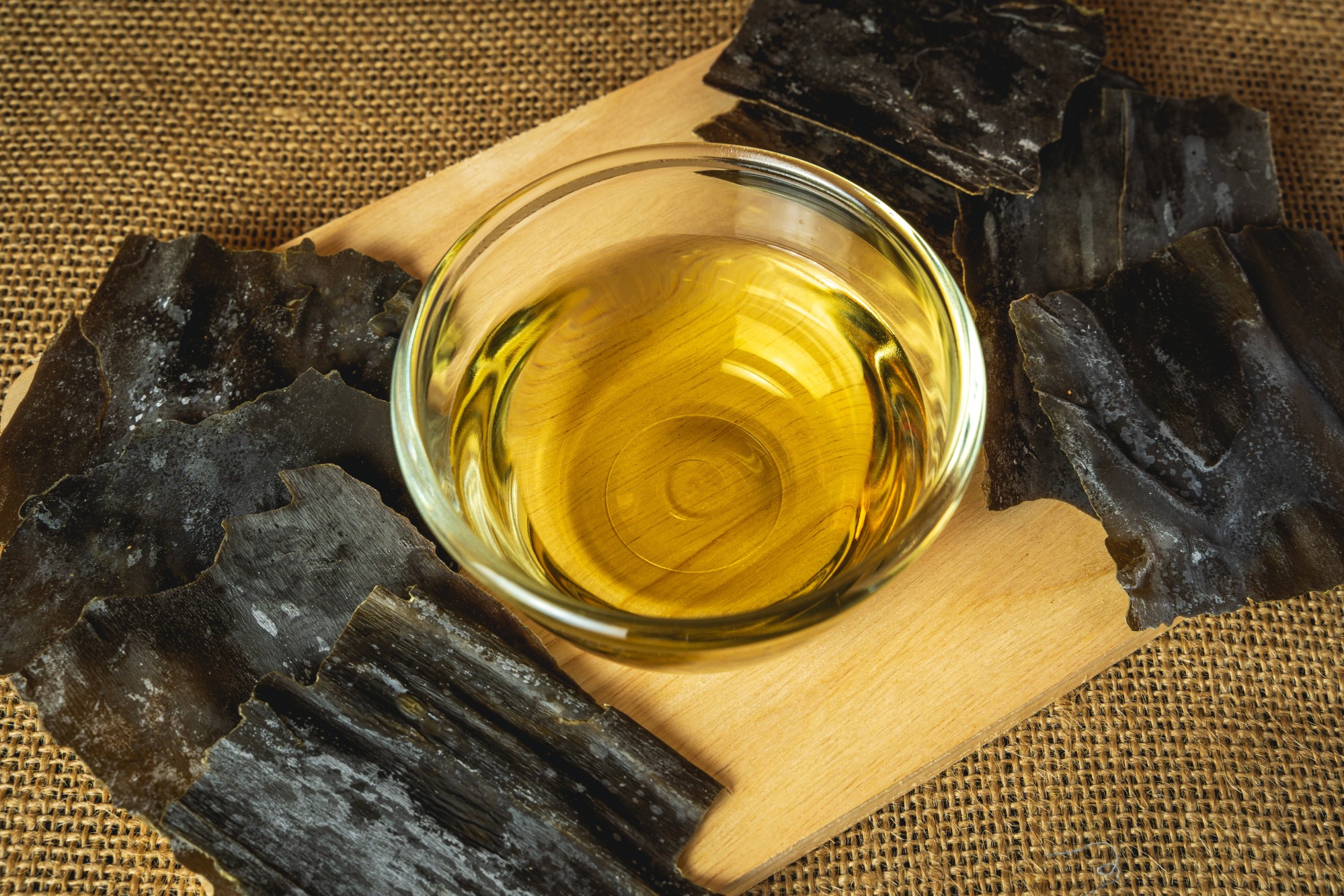
Salting and fermenting fish and seafood is a technique that has been practised for millennia, and the four most commonly known types of fish and seafood sauces show its ubiquity and diversity.
Belacan, a shrimp paste, is an indispensable building block of flavour in Malaysian cuisine. It is made by salting and fermenting tiny shrimp before the paste is formed into a hardened brick. Small amounts are then toasted to impart deep flavours to curries, sambals and other dishes.
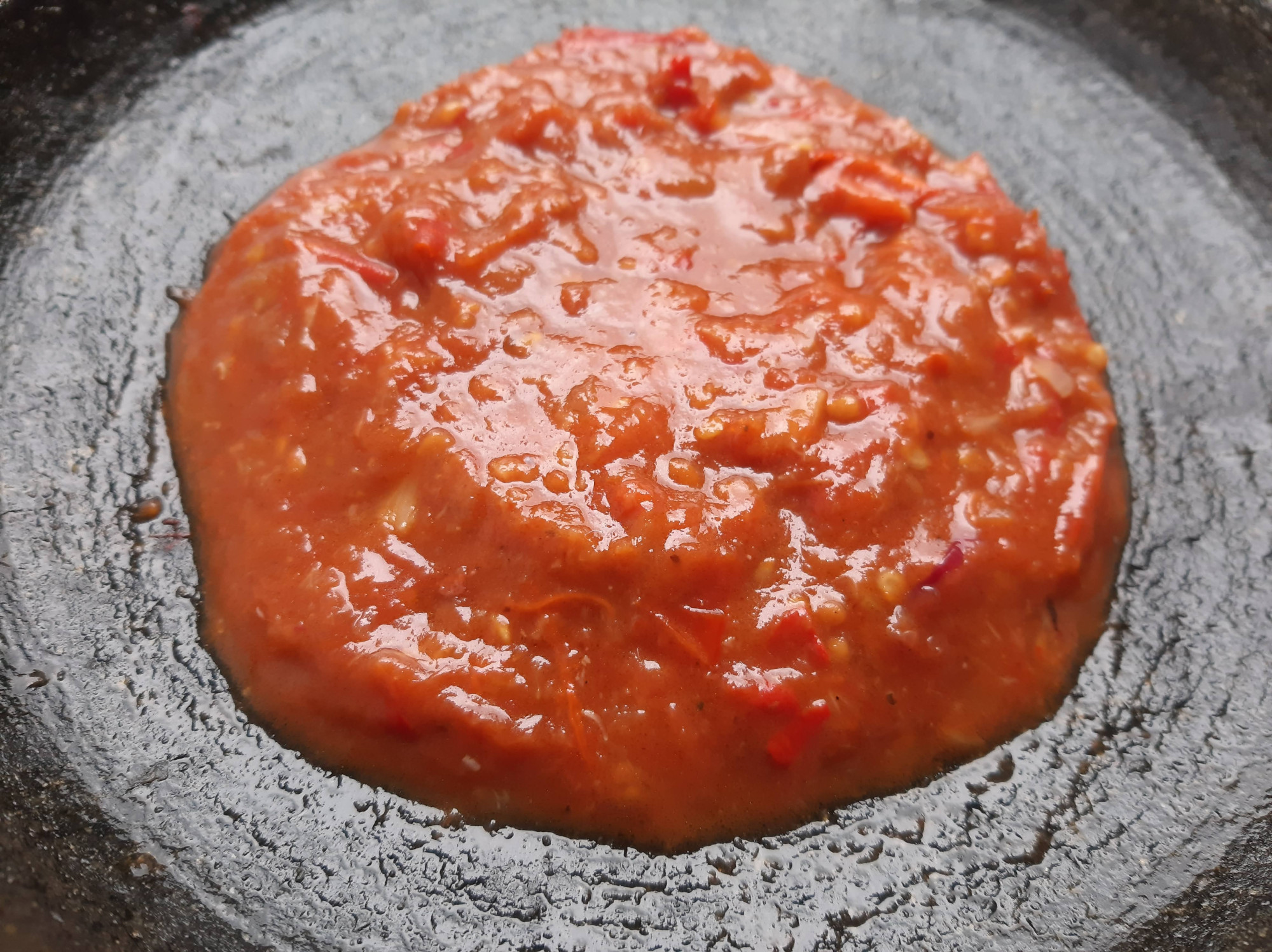
“Belacan has a deep history and heritage in Malaysia, and for many locals it evokes fond memories of family gathered together to make it from scratch,” he says. “Making belacan is a delicate process that reminds us of the simple yet sophisticated methods of cooking that survive even until today.”
A dish where it truly sings is laksa Johor, one of the resort’s signatures. Fragrant, with a sambal made from belacan, red chillies and lime, the dish is named for the Sultan of Johor, Sir Abu Bakar, who fell in love with spaghetti during a visit to Italy in 1885; the dish thus uses pasta in place of egg noodles, says Chow.
One of the best known fish sauces is Vietnam’s pungent, aromatic nuoc mam , the indisputable backbone of the nation’s cuisine. The southern Vietnamese island of Phu Quoc is the epicentre for the sauce, accounting for a quarter of the nation’s production, contributing roughly 25 to 30 million litres annually.
17 new Hong Kong restaurants to try in August, from sushi to fine dining
The diversity and flexibility of flavours of the sauce comes from Vietnam’s prolific supply of seafood, from marine fish to shrimp, crab and river fish from thousands of miles of coastline and dense river systems, including the mighty Mekong.
Countless producers, from home enthusiasts to commercial factories, ferment the beloved ingredient that ends up on pretty much every Vietnamese table.
The keys to the sauce’s production are letting the fermentation process happen without interference and the unique local climactic conditions that combine tropical heat with the right degree of humidity.
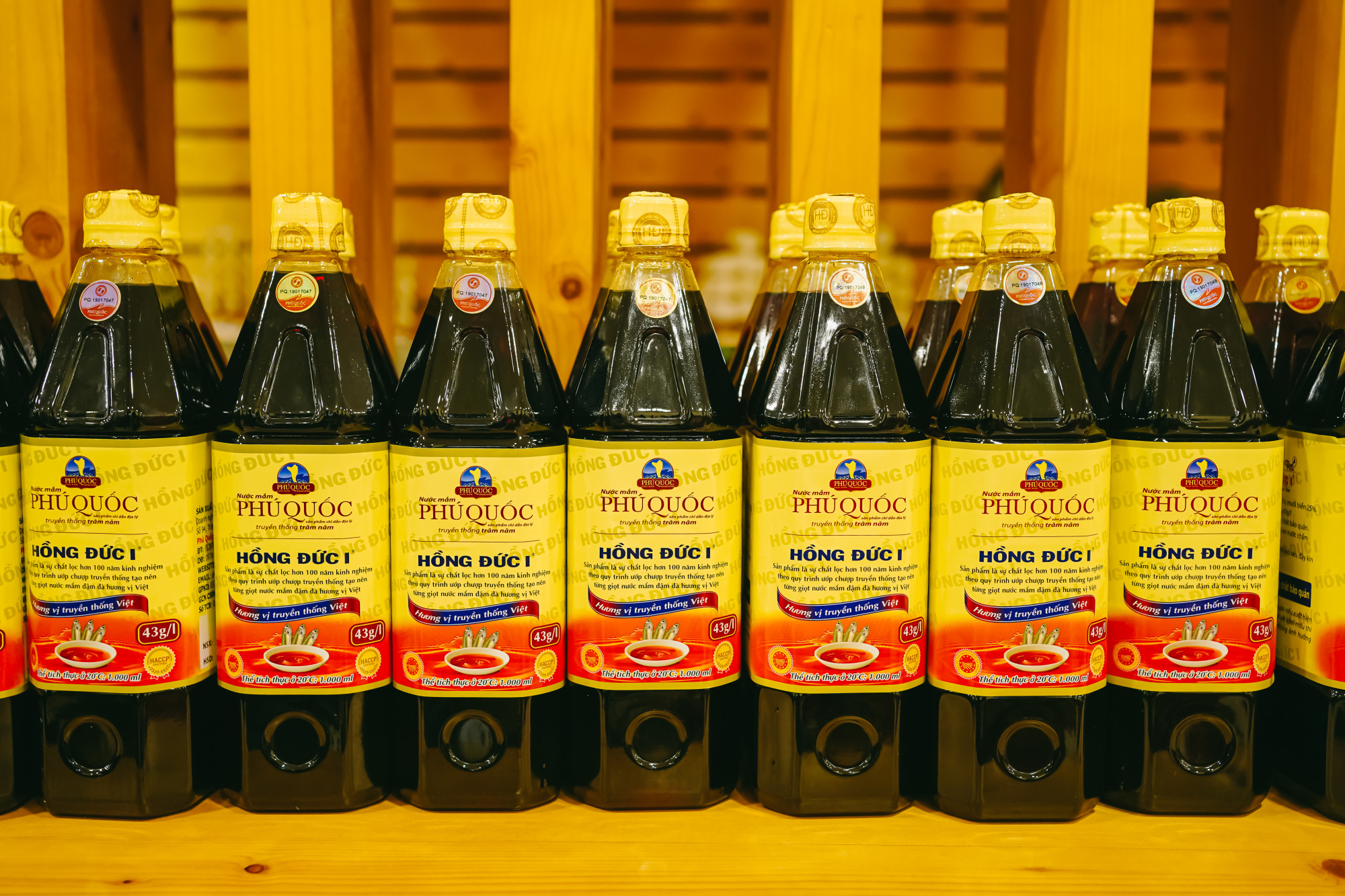
Pham Van Nhuong is the sous chef in the Vietnamese kitchen at Tempus Fugit, a restaurant within the JW Marriott Phu Quoc Emerald Bay. Although fish sauce is undeniably pungent, it can also be surprisingly subtle, he explains.
“As a dip, it highlights the sweetness and clears the greasiness of meat and deep-fried bites. It gives an exciting flavour to, yet never buries, the beautiful natural taste of fresh rolls,” he says. “As a seasoning, unlike salt, it adds to braises, stews and even stir-fries a vigorous flavour and a signature scent.”
A third incarnation of fish sauce in Southeast Asia comes in the form of bagoong, a beloved local condiment in the Philippines. Bagoong is made from fish or krill that is salted, fermented and then cooked down into a paste. A hugely versatile ingredient, it’s an indispensable accompaniment to classic Filipino dishes.
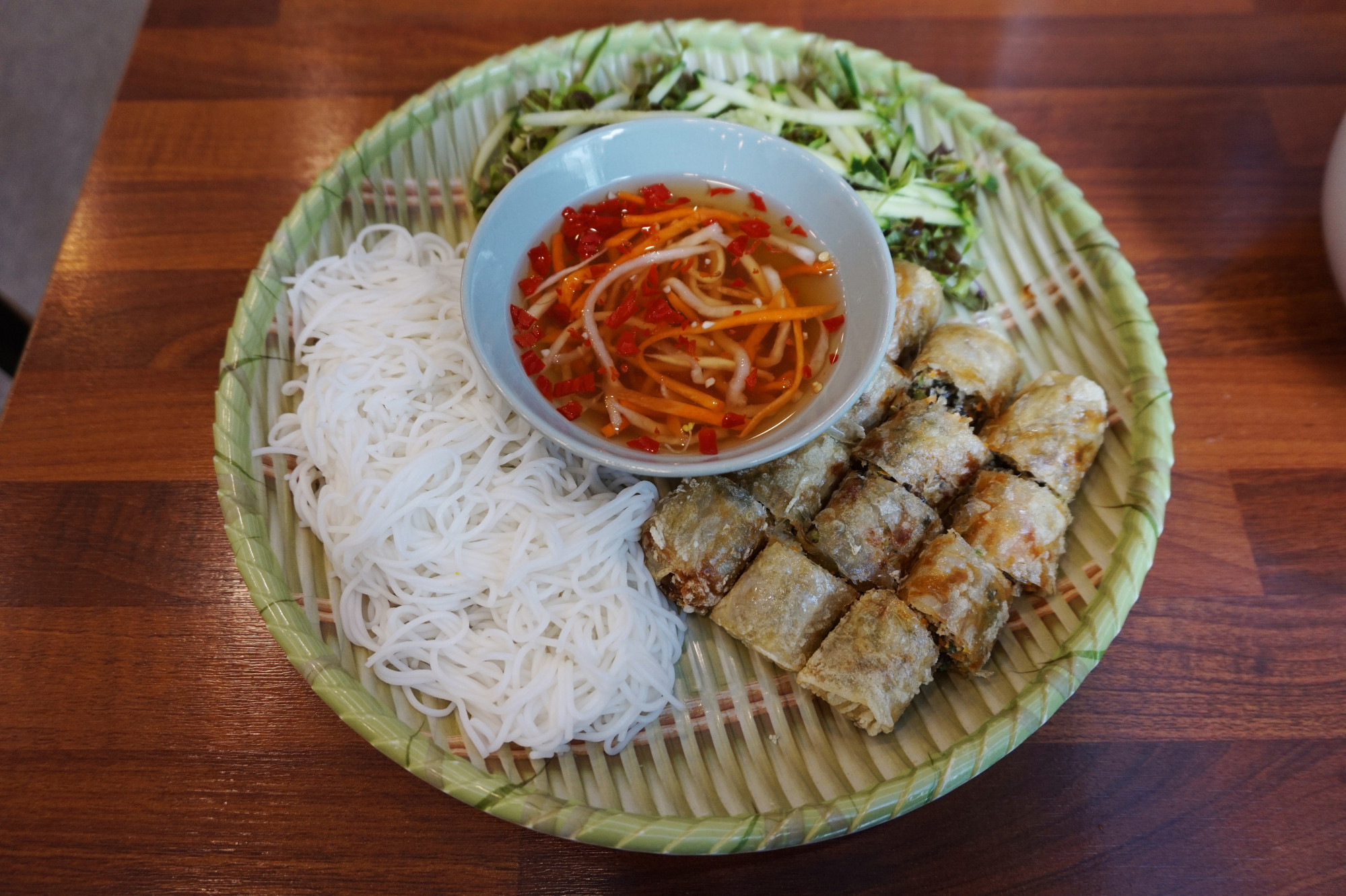
An advocate for the ingredient is chef Jordy Navarra, who champions the country’s indigenous produce, techniques and flavours at his award-winning restaurant Toyo in Manila.
“Bagoong is one of the building blocks of umami, or linamnam, in Philippine cuisine. Sometimes it’s used as a condiment or flavour for an existing dish, sometimes it will be the actual component or basic building block of a dish – like the dish binagoongan, which literally means ‘you used bagoong’,” says Navarra.
The young and dynamic team at Toyo make their own version, which features in multiple dishes, but Navarra particularly likes it in the classic Filipino dish kare-kare, a thick, peanutty stew. Toyo’s version features oxtail, tripe and chunks of beef with vegetables such as banana hearts and aubergine.
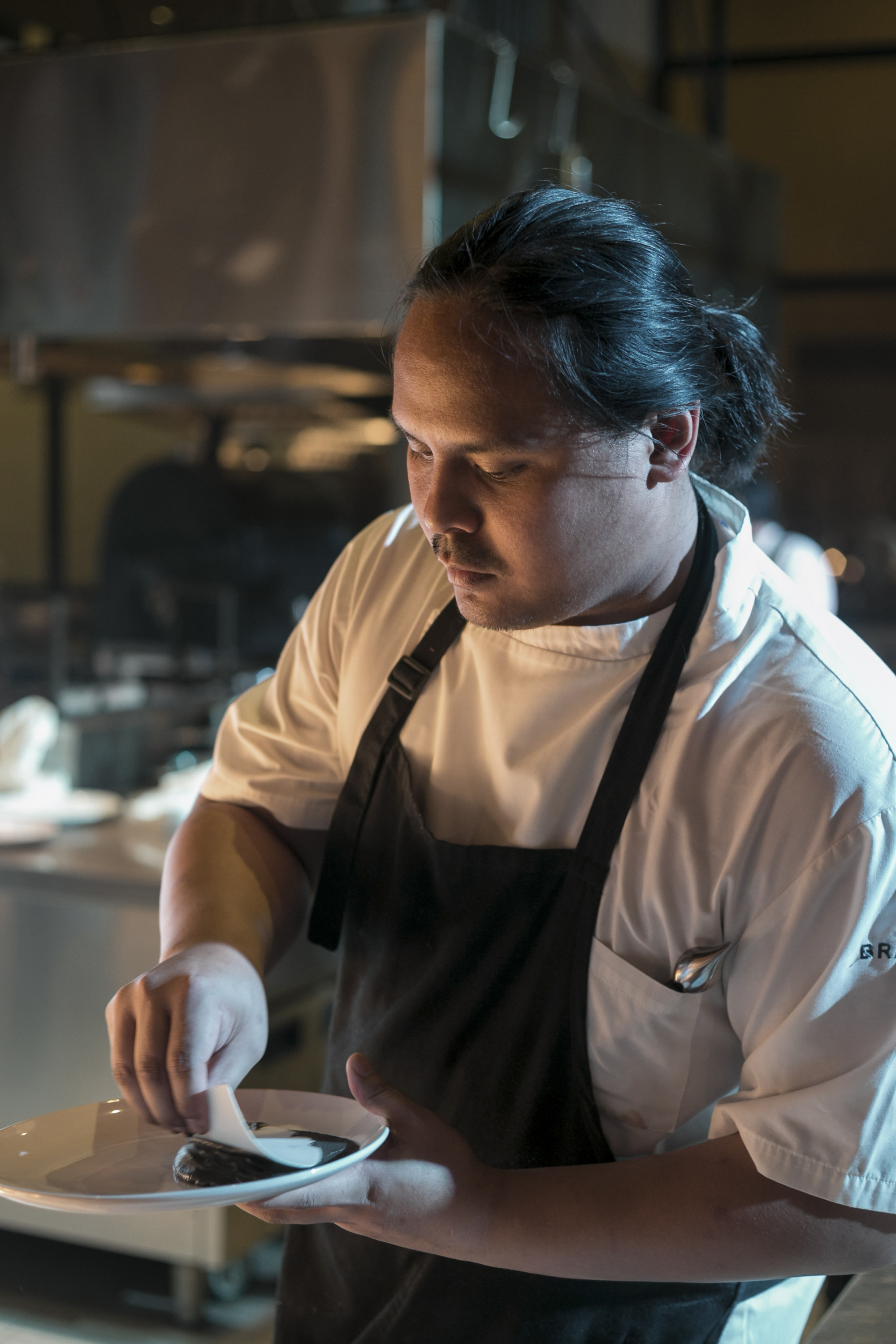
“It’s one of my wife May’s favourite dishes,” Navarra says. “It’s always best with some bagoong on the side. Another of my favourite uses is as a condiment for green mango. It’s a very basic flavour profile but it captures the use of it in Philippine cuisine: sour flavours paired with the fermented, savoury notes.”
Finally, from Southeast Asia we travel thousands of miles – and years – to the Roman Empire, where a fermented fish sauce called garum was so highly prized that the most expensive versions were said to cost the equivalent of a soldier’s annual salary for one gallon.
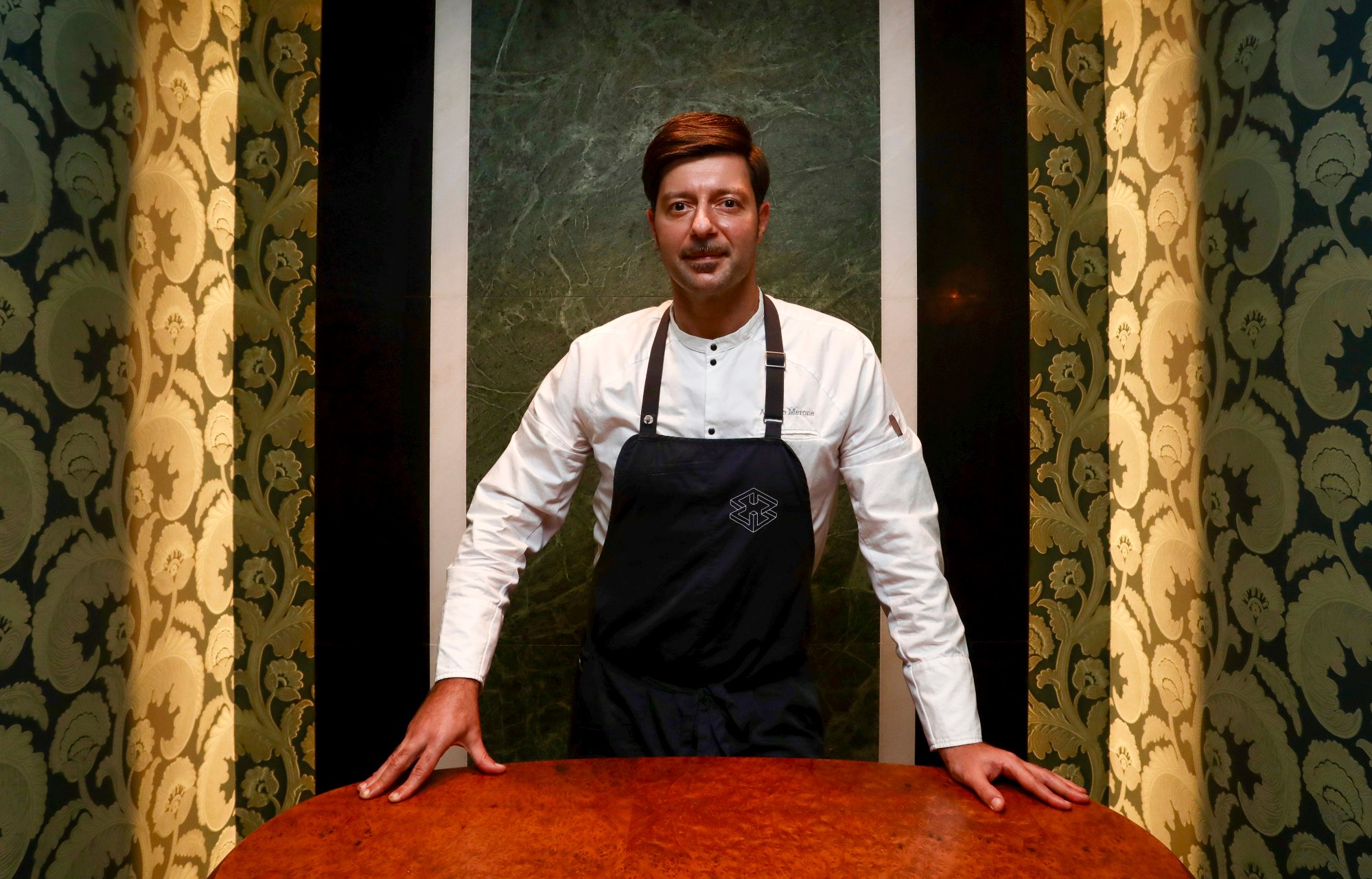
Merone uses a special colatura from Armatore Cetara, called Riserva 2018, where the anchovies are matured under salt in chestnut barrels for up to 30 months. Due to the curing and fermenting process, the proteins denature into a variety of free amino acids that help to create an undeniable umami bomb.
While he admits that it is more expensive, it’s “absolutely more delicious”. It also allows him to up the umami quotient – and remove salt from the equation.
Affordable fine dining in Hong Kong? Yes, if you know where to look
“We use colatura as a subtle addition to many dishes and in doing so have nearly completely removed the use of sea salt for sauces and purées,” he says. “This allows us to precisely reach the level of sapidity by adding a certain percentage of fish sauce to the preparations that lack natural umami.”
Homage to Salina is a squid dish on the menu at Estro that underlines the nuance and versatility of fermented fish, thanks to its role in a brilliantly creative sauce made with just three ingredients – home-made almond milk, a fruity Sicilian olive oil and colatura.
“The result is a silky, buttery, intense sauce that recalls the richness of dairy products – without actually containing any,” Merone says.
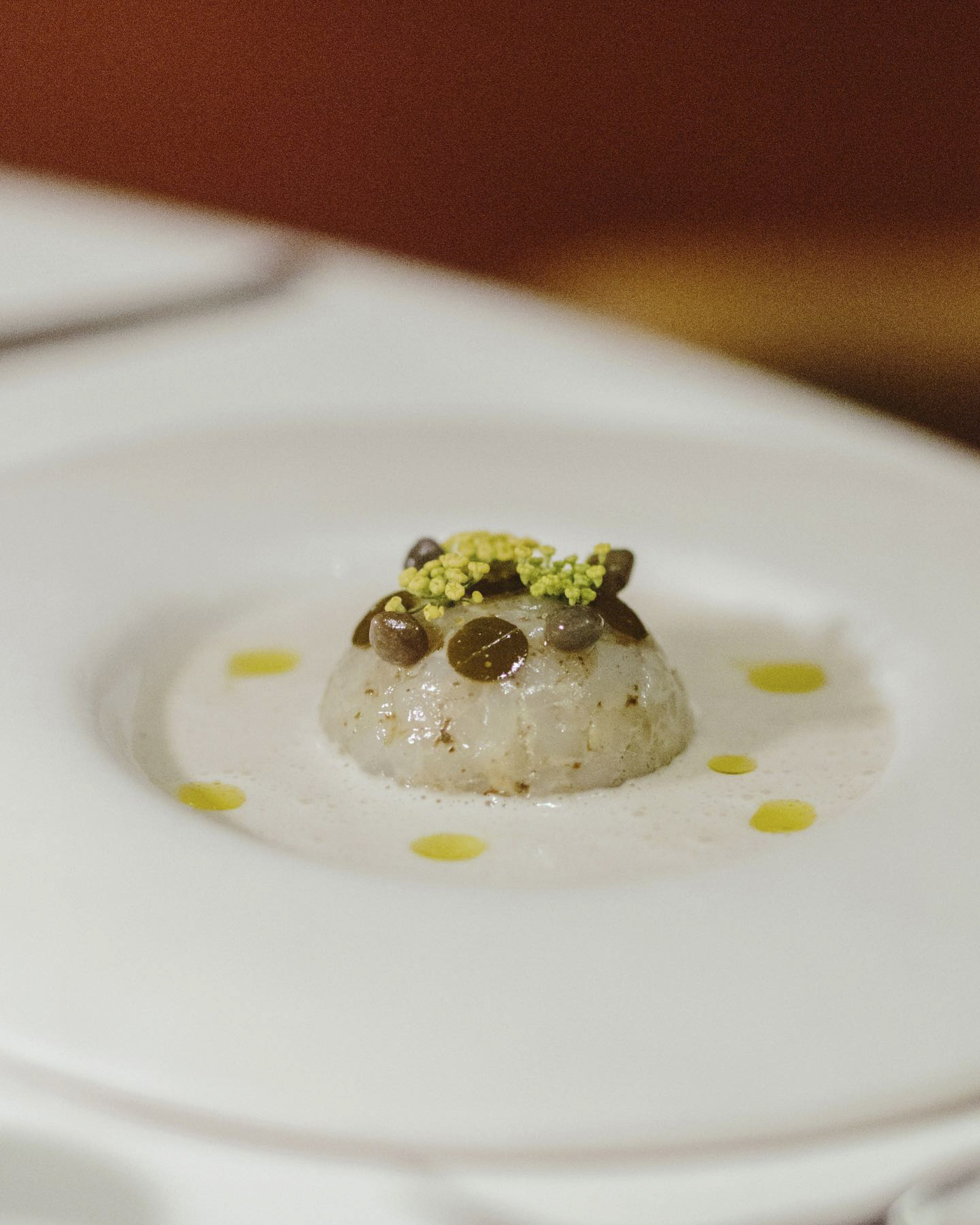
In fact, Merone could have looked closer to home for a fish sauce, as heritage producer Lee Seng Heng has been making it, first in mainland China and then Hong Kong, for 130 years. Sold under the Kingfisher brand, with the tagline “Live the saucy life”, the company has a storied history.
First based in Shantou, in Guangdong province, it moved to Hong Kong in the 1920s and established a factory in Aberdeen. While it also makes oyster, plum, hoisin and other sauces, it is its fish sauce, once fermented in earthenware jars for more than a year, that has kept its legacy intact.
From laksa to herring salad and oxtail stew to a sublime squid sauce, it’s clear that whatever it is called and wherever it is used, fermented fish sauce is a natural flavour enhancer like few others – and a reminder of the delicious, timeless draw of umami.

